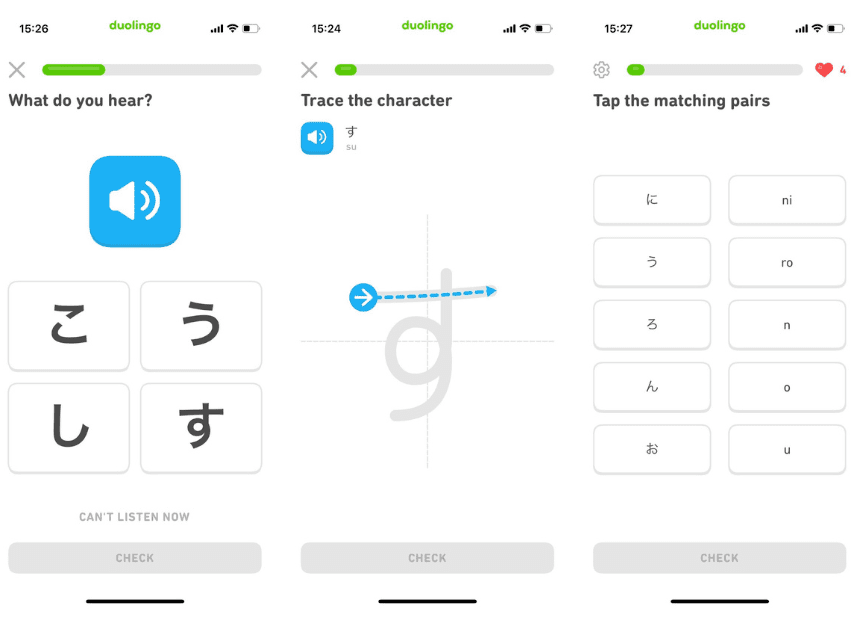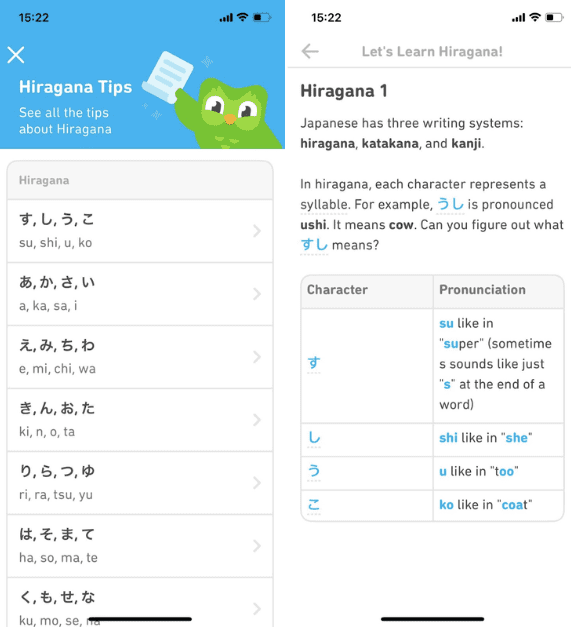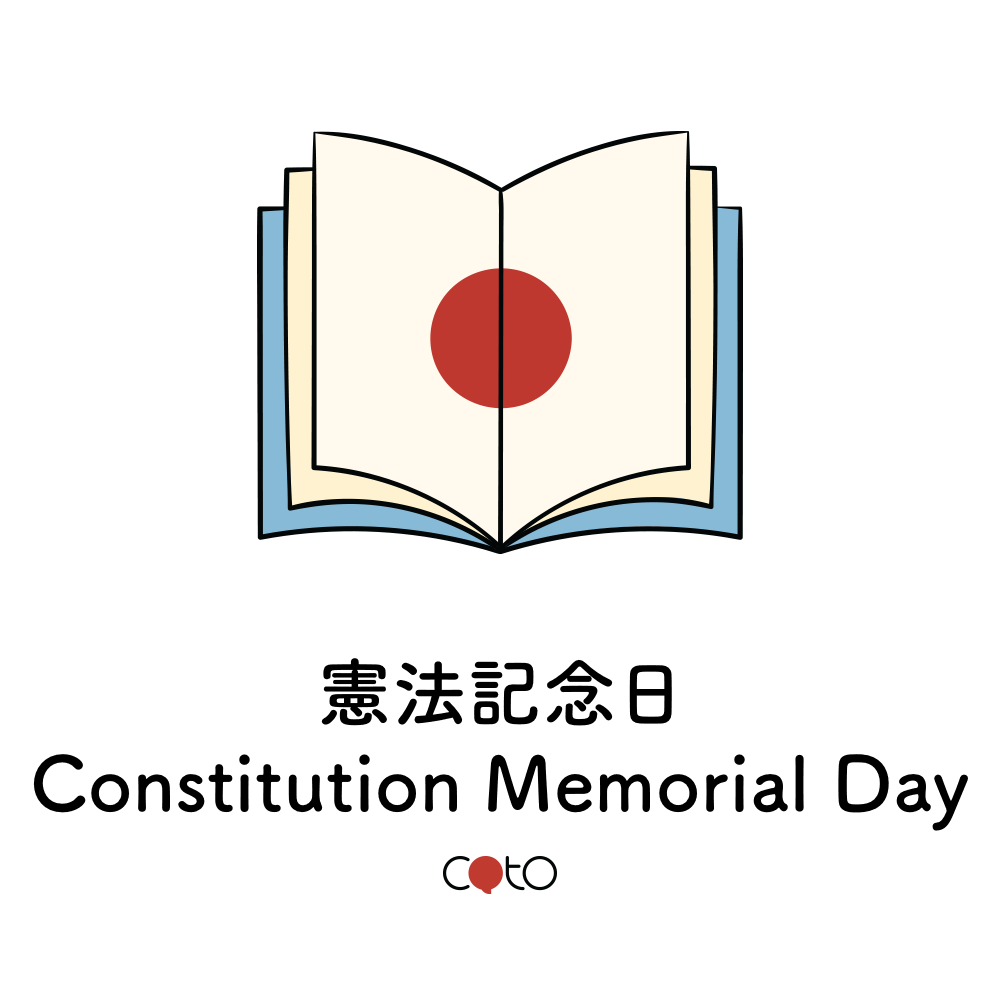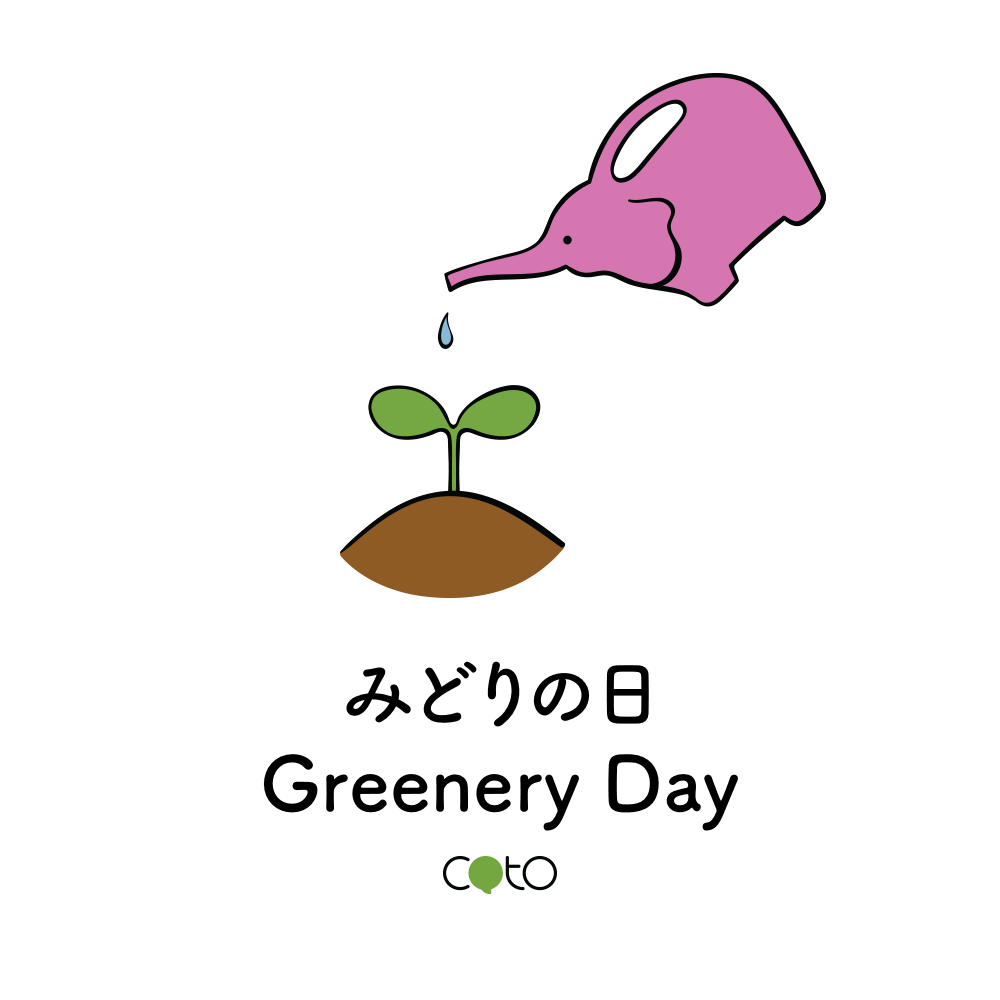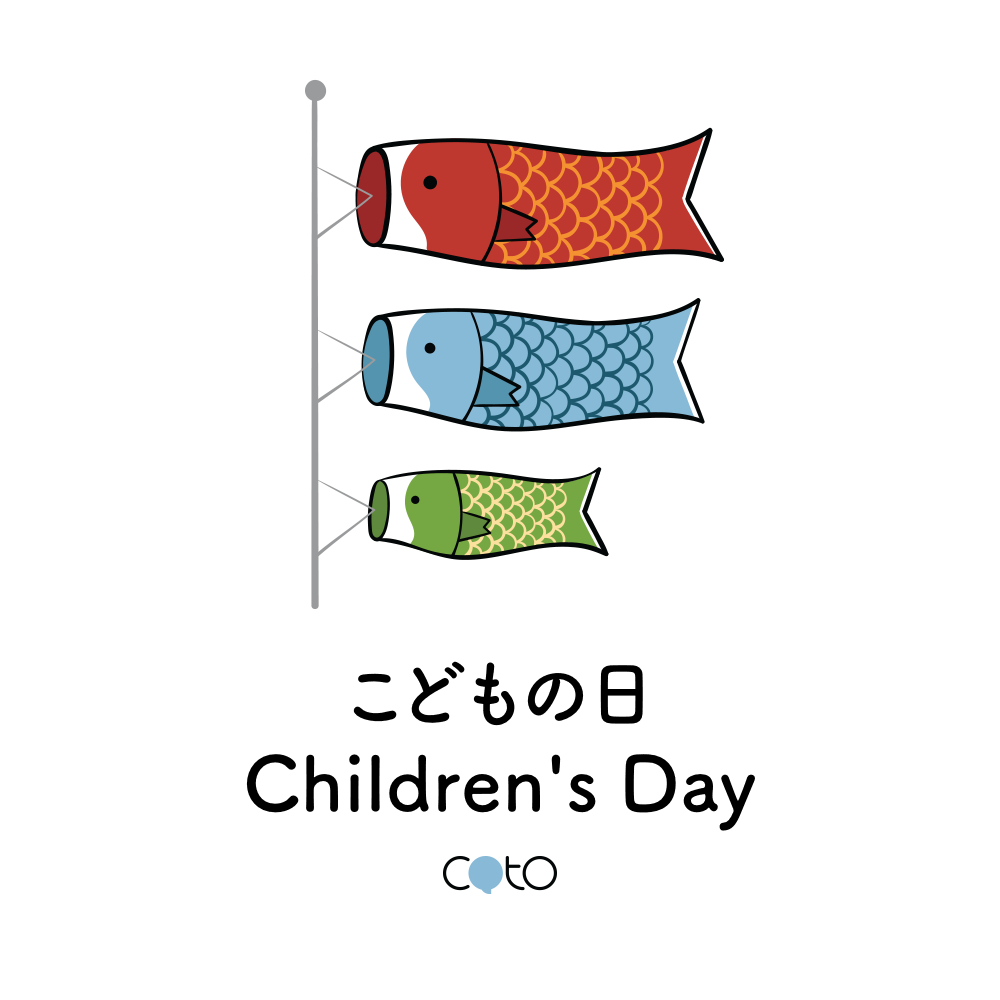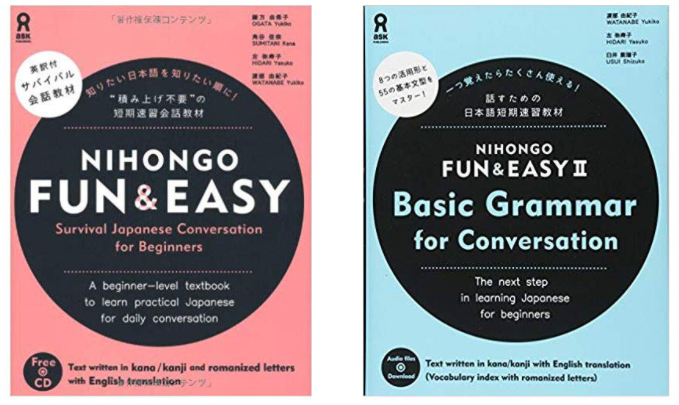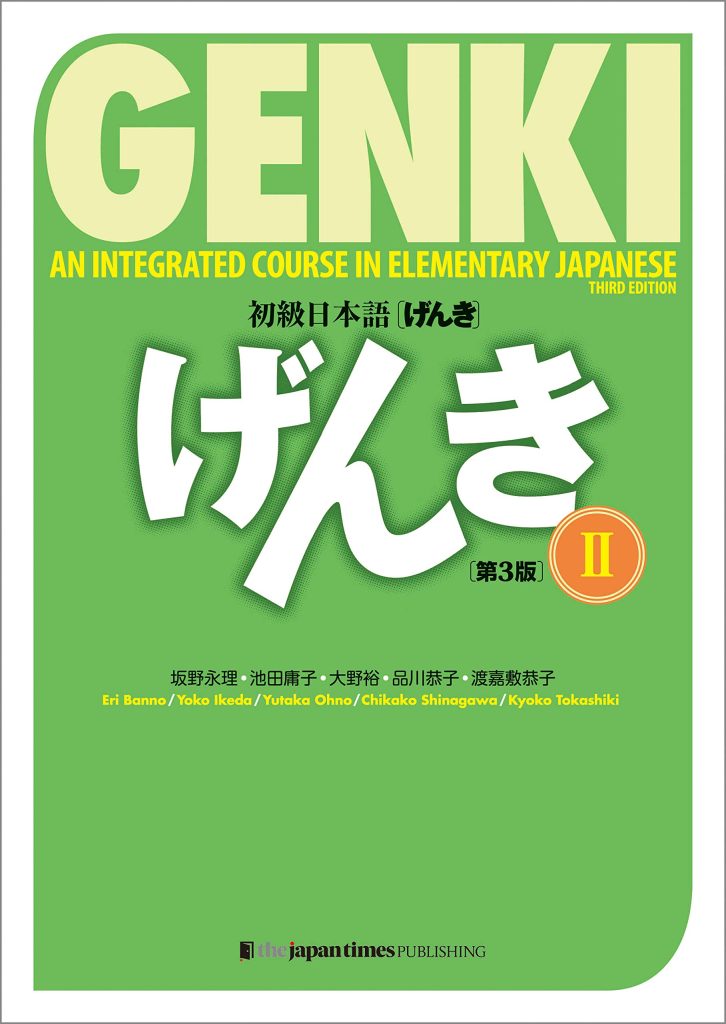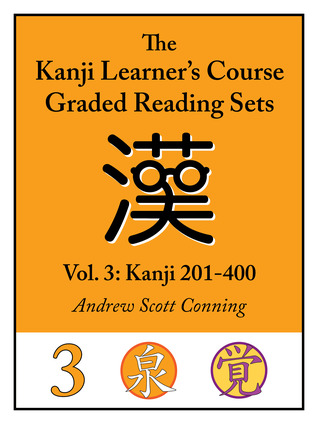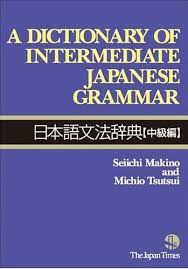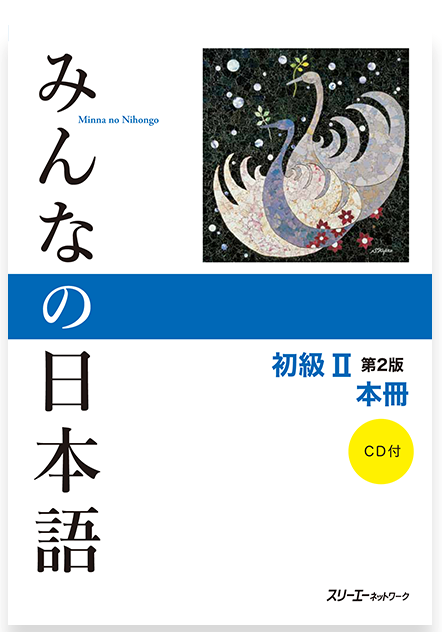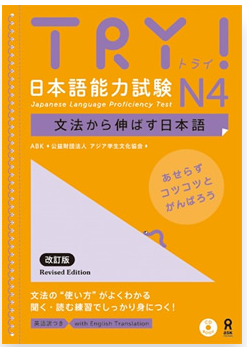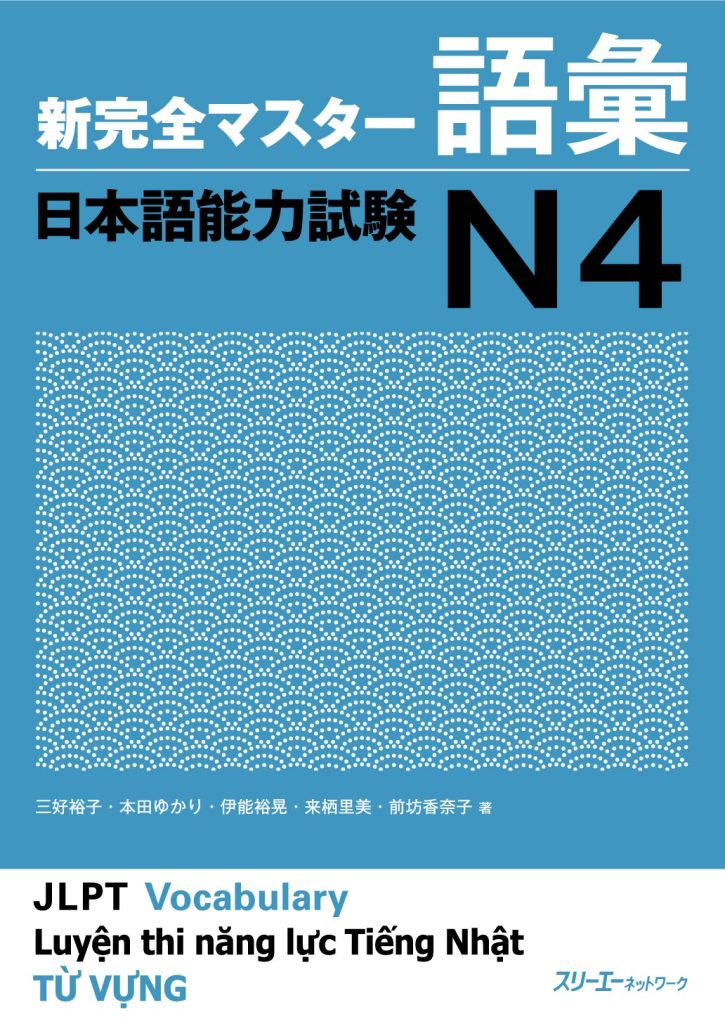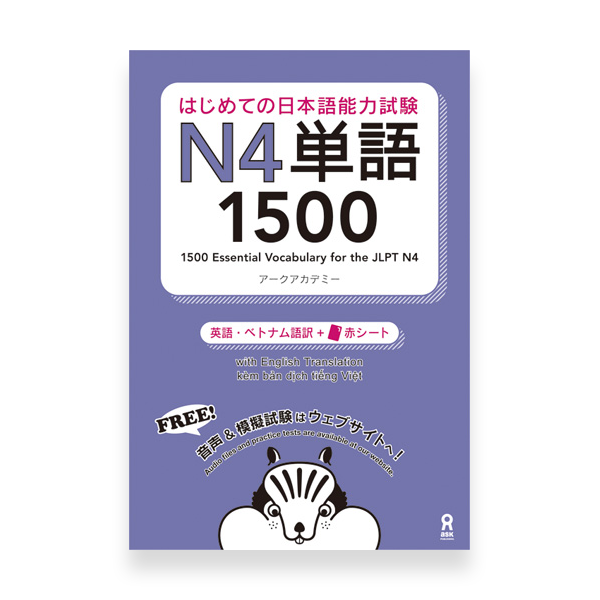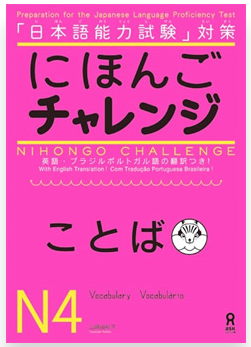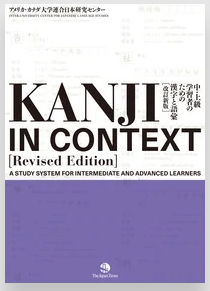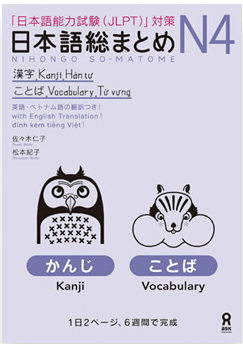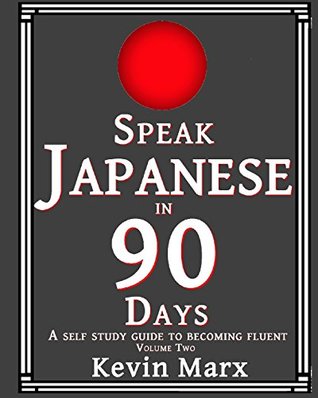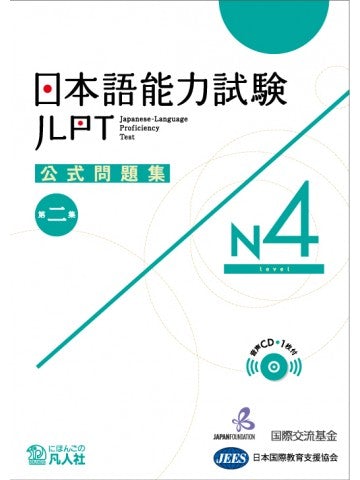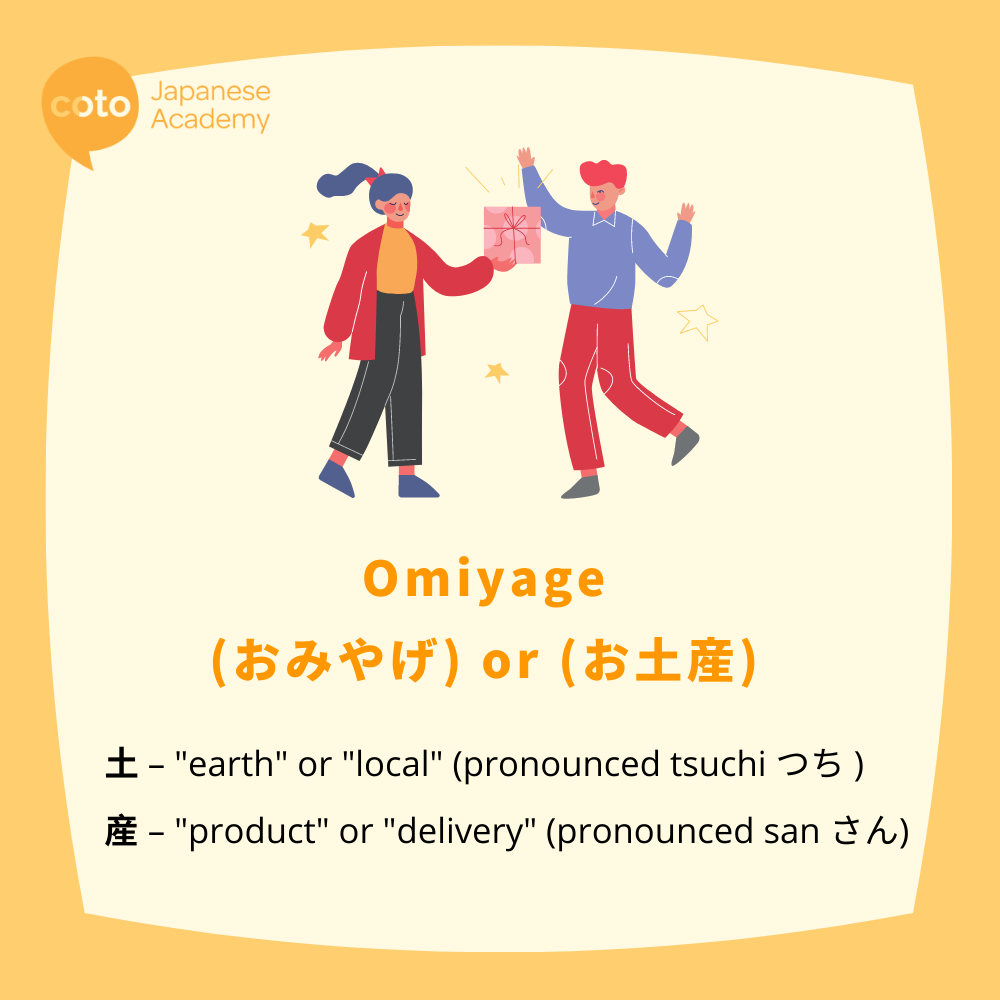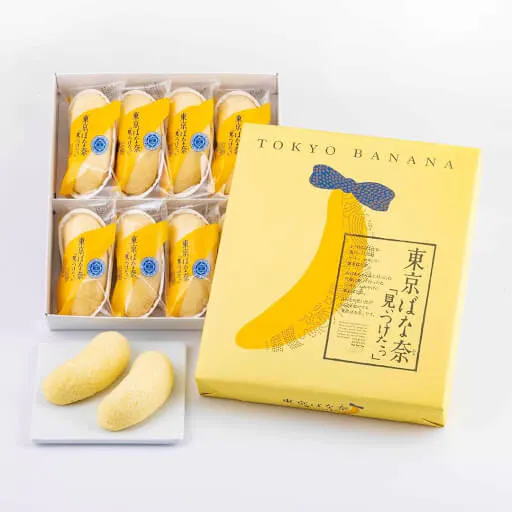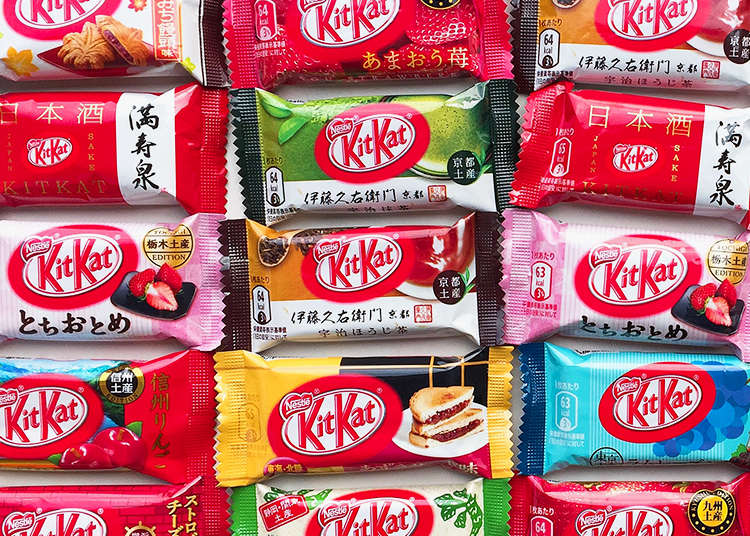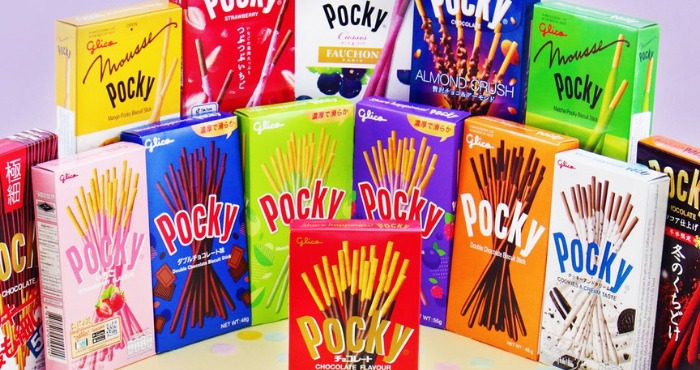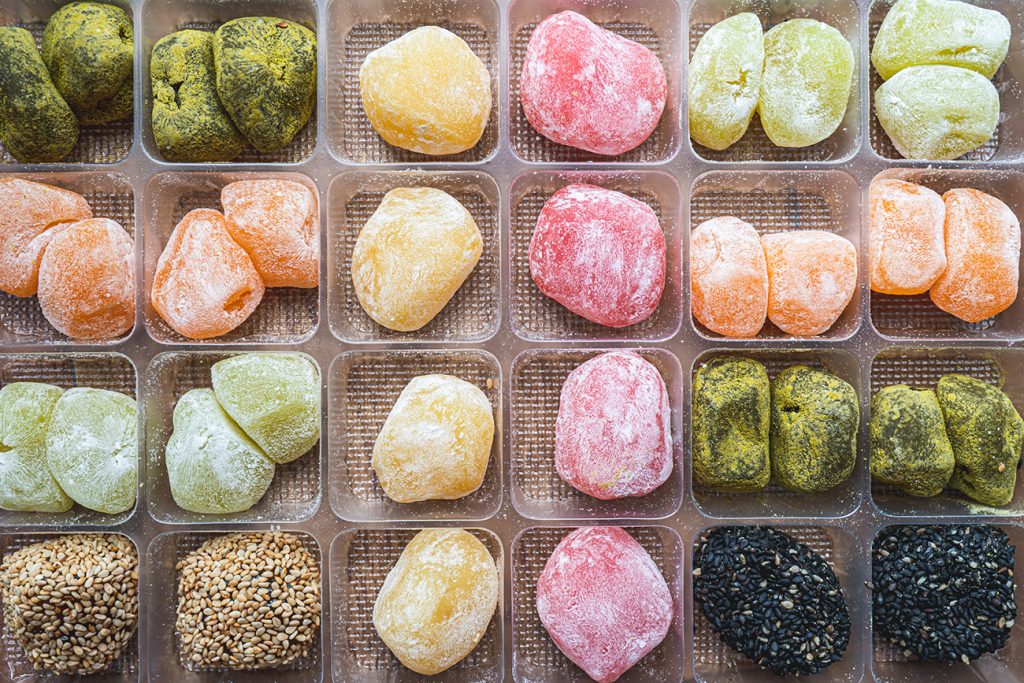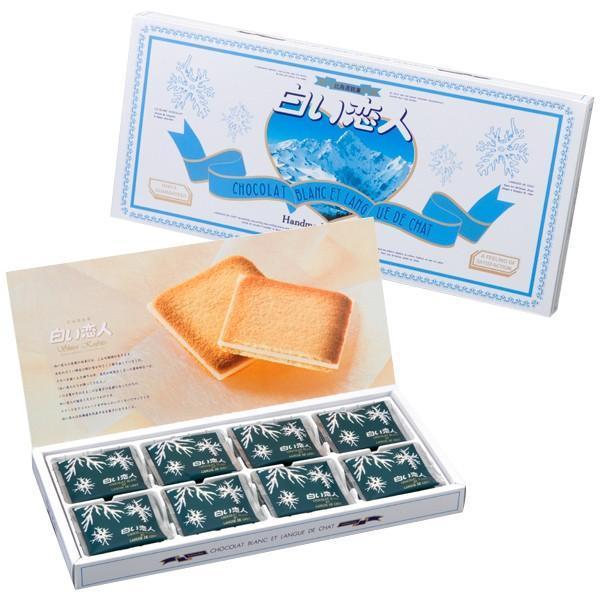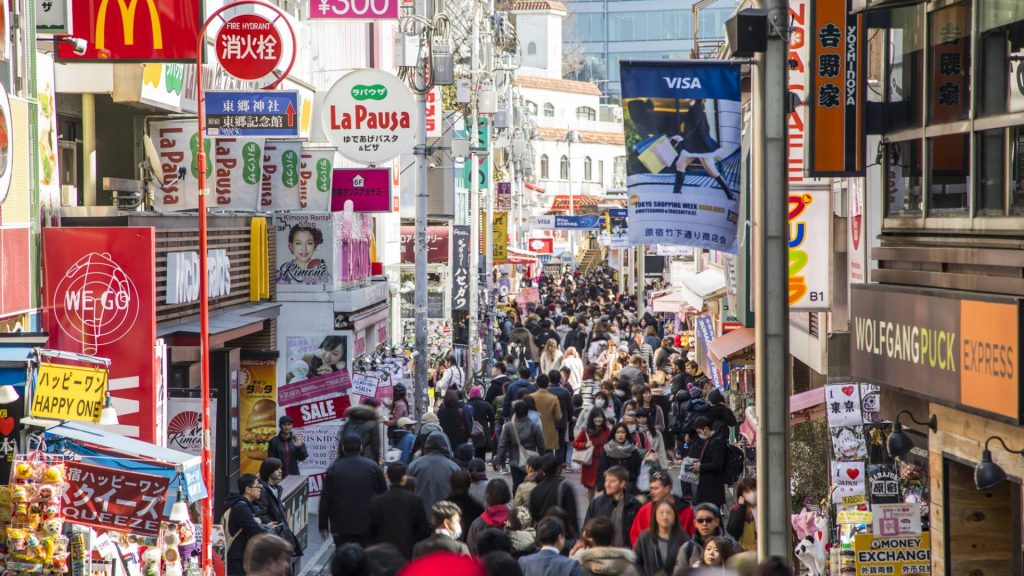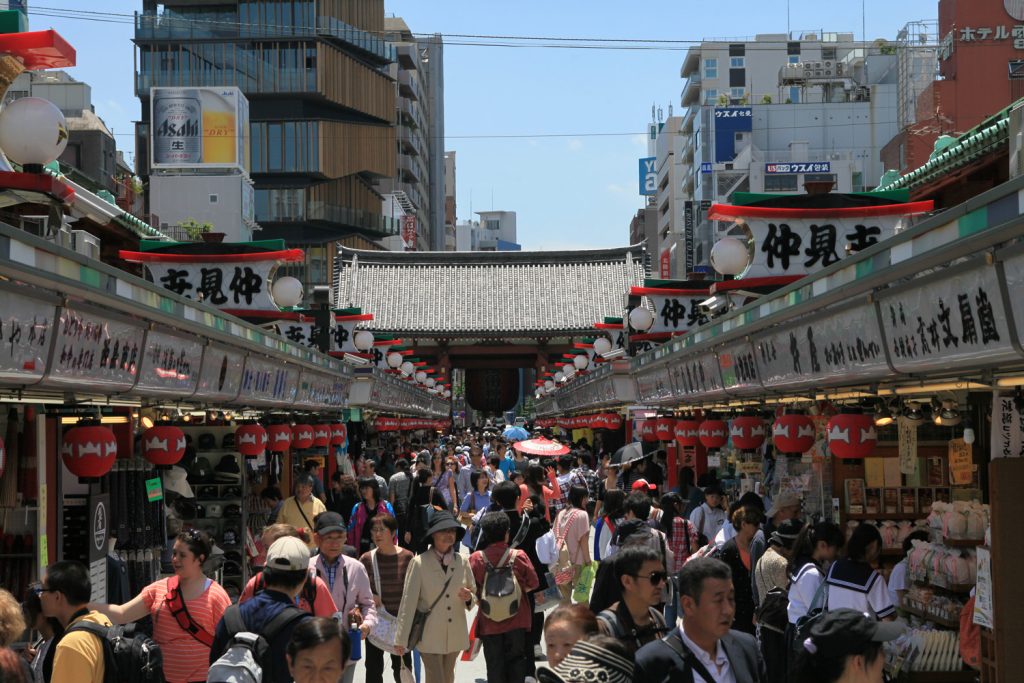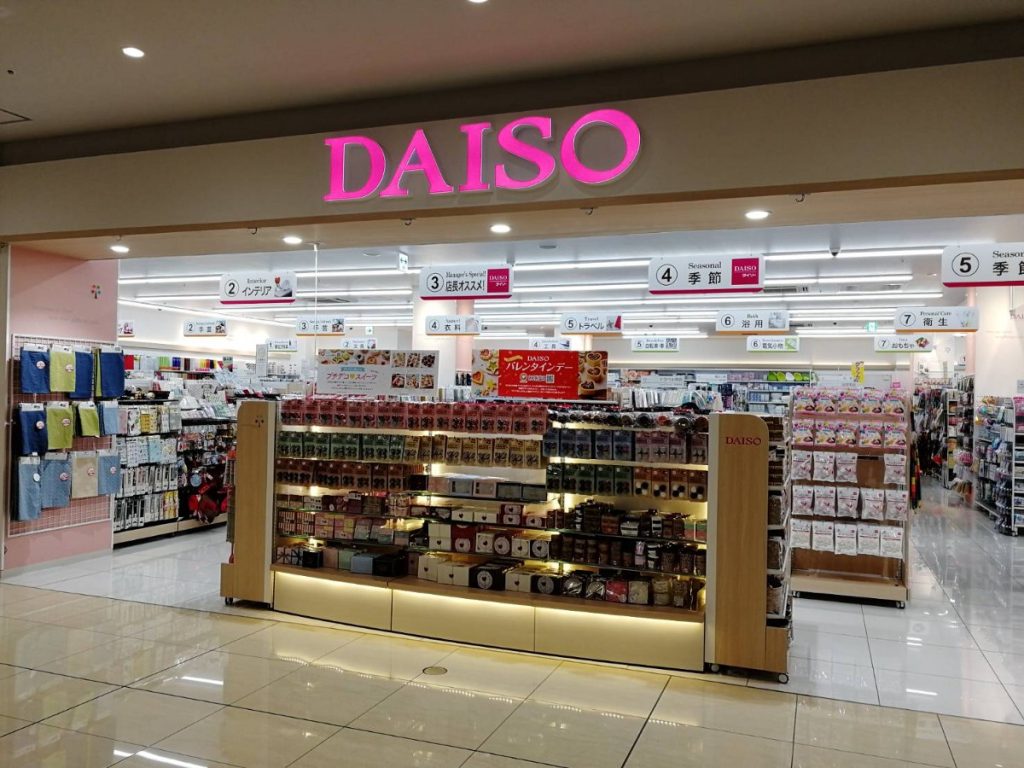One of the best ways to get around major cities in Japan, like Tokyo, Osaka, and Kyoto, is by using public transportation. And having a prepaid IC card can make your travels so much easier than buying physical tickets for every ride.
Imagine buying a ticket for every destination you’re going to. Complicated, right? Prepaid IC cards such as Suica, Pasmo, and Icoca can be used to pay for trains, buses, and subways throughout Japan. Plus, navigating the complicated train system can be less scary when you can just tap in and out the ticket gate!
In this guide article, we will provide you with all the information you need to know about buying prepaid IC cards in Japan, including what the benefits are, how to purchase one, how to charge one, and how to use them.
Jump to:
- What is a prepaid IC card in Japan?
- Benefits of Getting an IC Card in Japan
- How to Buy and Charge an IC Card in Japan
- Student Discount Commuter Pass for International Students
What is a prepaid IC card in Japan?
A prepaid IC card in Japan is a rechargeable smart card that allows you to pay for fares on trains, subways, and buses throughout the country. However, do be aware that long-distance travel, such as shinkansen (bullet train) and highway buses, fares are not payable using IC card payments. For those, you need to purchase a separate ticket, which can be done online, or at the ticket counter.
Prepaid IC Card Types in Japan
There are several types of prepaid IC cards available in Japan, each for use in a region in Japan. Among them, there are 10 major card types that are part of the nationwide interoperability system which means they can be used all across Japan. And, among these 10, Pasco, Suica, and Icoca are the most popular ones.
Suica
Suica is issued by JR East. Its mascot, the Suica penguin, is very popular with merchandise that can be exchanged for using JR Points. Suica’s primary area of usage is Tokyo and Tohoku (expanded in 2023 to Akita, Aomori, and Morioka). Suica can be purchased from major JR East stations. Suica has smartphone compatibility.
Pasmo
Pasmo’s issuing company is Tokyo Metro, and therefore it can be purchased at major Tokyo Metro stations. Recently, Pasmo has started smartphone services. Pasmo’s primary area of service is Tokyo.
Icoca
Icoca is the most popular choice of IC card in the Kansai region which is its primary area of service. Icoca’s issuing company is JR West. Its mascot is a platypus, and the IC card’s name “icoca” is a play on the Japanese phrase “ikouka?” which means “shall we go?”. They also have smartphone compatibility.
Pitapa
Issued by Surutto Kansai, Pitapa is not a prepaid IC card, but a postpaid IC card. For that reason, it is not suitable for overseas tourists visiting Japan as a Japanese bank account is required. The application process is also a lot more complicated. The greatest benefit of Pitapa is that recharging is not needed as payments are automatically deducted from the registered bank account.
Kitaca
Kitaca is issued by JR Hokkaido with a primary area of service in Hokkaido. “Kita” means north (北) in Japanese, a reference to how Hokkaido is Japan’s northernmost island. The mascot for Kitaca is a flying squirrel; the Ezo-momonga and Nihon-momonga are two species of flying squirrels that are native to Hokkaido, better known in English as Japanese dwarf flying squirrels.
manaca
Manaca is an IC card that is widely used in Nagoya City, which is also its primary area of service. Manaca is issued by Meitetsu and is available at train stations in Nagoya. Its mascot is a round happy blob. ‘Manaca’ is a reference to ‘mannaka (真ん中)’, a reference to how Nagoya is located in the center of Japan.
SUGOCA
Sugoca is issued by JR Kyushu and is available to purchase at JR Kyushu stations. Their primary area of service is Fukuoka. The name “Sugoca” is actually an acronym for “Smart Urban GOing Card”. And, their mascot is a frog and clock.
nimoca
Nimoca is issued by Nishitetsu , and is available to purchase at Nishitetsu stations. Its primary area of service is also the Fukuoka area. Its mascot characters are ferrets.
Hayakaken
Haykaken is an IC card that is issued by Fukuoka City for the Fukuoka Subway, and yes, that makes 3 IC cards whose primary service area is Fukuoka. The mascot for Hayakaken is a prairie dog named Chikamaru.
Toica
Toica is issued by JR Tokai, and is available to purchase at JR Tokai stations. Their primary area of service is in the Chubu region, mainly the Greater Nagoya area. Their mascot is chubby chicks which is really cute since the ticket gates go “pi” which is the onomatopoeia for chick’s chirps in Japanese.
Benefits of Getting an IC Card in Japan
What are the benefits of getting an IC card in Japan? There are many.
Convenience
Hardly anybody buys a paper ticket for every ride anymore. With an IC card, you can simply touch the card to the reader at the ticket gate, and the fare is automatically deducted from your card’s balance. It saves time and is incredibly convenient.
Smartphone Compatibility
Suica, Pasmo, and Icoca are IC cards that have smartphone compatibility with ApplePay and GooglePay. This way you won’t even need to carry a physical IC card and can save space in your wallet. Additionally, recharging is done on your phone with a registered credit card so you can do it anytime, anywhere, and don’t need cash. It’s perfect for someone living a cashless lifestyle.
Note that some phone models and credit cards from outside Japan may not be compatible.
Cheaper Fares
Subway and train fares are discounted for IC cards, which can save you money in the long run. They also eliminate the need for small changes, making transactions quicker and easier.
Nationwide Compatibility
Most IC cards in Japan are registered in the nationwide compatibility system which means they are usable all over Japan. Note that some rural towns and buses do not support IC cards.
Multi-purpose Usage
In addition to public transportation, you can use your IC card at vending machines, convenience stores, and other shops, making it a versatile payment option. Some IC cards also have point systems, like Pasmo’s Metro Points and Suica’s JR Points. Points can be earned by using the IC card to make payments, and earned points can be used to exchange for items or to recharge the card balance.
Refundable Balance and Deposit
When you are done using your IC card, you can return it at a ticket counter or vending machine and receive a refund of your deposit fee and any remaining balance on the card.
Check out: How to Understand Train Announcements in Japan
How to Buy and Charge an IC Card in Japan
First, decide on which IC card you are going to get, the major types of IC cards in Japan are Suica, Pasmo, and Icoca. You should choose one based on which is most widely accepted in the area you will be traveling in.
How to Buy an IC Card in Japan
IC cards can be purchased at vending machines or at ticket counters at issuing railway companies, usually major stations only. For example, Suica at Tokyo JR stations, Pasmo at Tokyo Metro stations, and Icoca at Kansai JR stations.
To purchase an IC card, you need to pay a deposit fee of usually 500 yen, which is refundable when you return the card. At the same time, you also need to top-up an initial balance of usually 1,000 to 2,000 yen.
To use your IC card, simply touch it to the card reader at the ticket gate of the train, subway or bus. The fare will be automatically deducted from your balance. If your balance is below the minimum fare, you won’t be able to pass through the ticket gate.
Check out: How to navigate Japanese train platforms
How to Charge an IC Card in Japan
IC cards can be easily charged at ticket vending machines and fare adjustment machines that display the “IC” symbol. Simply select recharge and the amount you want to charge, and insert your IC card and money into the machine. You can also use the machine to check the remaining balance on your IC cards.
Refund your IC card
Maybe you’re just visiting Japan for a bit, or maybe you’re heading back to your country for good. Whatever it is, you’ve decided you don’t want to keep your Pasmo or Suica in your wallet. Thankfully, refunding them is easy!
When you are finished using your IC card, you can return it at a ticket counter or airport.
Remember the 500 yen deposit you put in? Well, it can be refunded — plus whatever money you’ve charged to the card!
Buying and charging an IC card in Japan is a quick and easy process, and can save you time and money when using public transportation. It is highly recommended for anyone traveling in Japan.
Student Discount Commuter Pass for International Students
In Japan, prepaid IC cards can be upgraded to commuter passes, called “teikiken (定期券)” in Japanese. For regular commuters that travel using public transport, the costs can add up.
The commuter pass offers a discount between the station nearest to your home and the station nearest to your workplace or school. The discounted lump sum fare is paid in advance for a certain period of time, from 1 month, 3 months to 6 months. During this period, you can use the commuter pass for unlimited travel between the 2 stations. The cost of the commuter pass depends on several factors: travel distance, passenger category, and route.
International students in Japan are eligible to get a student commuter pass provided they are enrolled full-time at a recognized educational institution. For your information, Japanese language school students are not eligible, but Japanese language courses at universities and vocational schools are. If in doubt, check with your school which can also advise you on the application procedure. Your student card, and other documentation, are required to apply for a student commuter pass.
And, since the commuter pass also works as a prepaid IC card, you can charge the card and use it to pay the fare for routes not covered by the commuter pass. If your entire route consists of commuter passes included and excluded stations, you only need to pay the balance fare for the excluded route.
As a final tip, extending your commute route by 1-2 stations may not impact the commuter fare fee. That means you get extra 1 or 2 stations for the same price as your commute route. Check beforehand and apply accordingly.
Conclusion
In Japan, an IC card is a prepaid smart card that can be used for public transportation. Many IC cards in Japan have joined the nationwide compatibility system so they can be used all over Japan. These prepaid IC cards can also be used to buy a can of coffee at a vending machine or food from the konbini!
In other words, you can make your life and travel in Japan more convenient by getting a prepaid IC card! And when you are done with it, simply return it to get a refund of the balance and your deposit. Make sure you get one as soon as you get to Japan!
Want to read more about Japanese culture and life in Japan? Follow our blog for more! If you’re interested in learning Japanese online, you can create a free account and browse lessons at Coto Academy, too!
What is a prepaid IC card?
An IC card is a prepaid smart card that can be used for public transportation and other services in Japan. The most popular IC cards are Suica, Pasmo, and Icoca.
Can I use my IC card in other cities in Japan?
Yes, you can. Many IC cards have nationwide compatibility and can be used all over Japan. Exceptions are in rural towns where IC cards are not supported and some bus systems.
Can I use my IC card to pay for long-distance train travel?
No, IC cards can only be used for local public transportation. For long-distance train travel, aka shinkansen, you need to purchase a separate ticket.
How much does an IC card cost?
The cost of an IC card varies by region and card type but typically ranges from 1,500 to 2,000 yen. This includes a refundable deposit fee and some initial stored value.
How do I return an IC card to get back my deposit?
You can return an IC card at a ticket counter or vending machine and receive a refund of your deposit fee and any remaining balance on the card.
